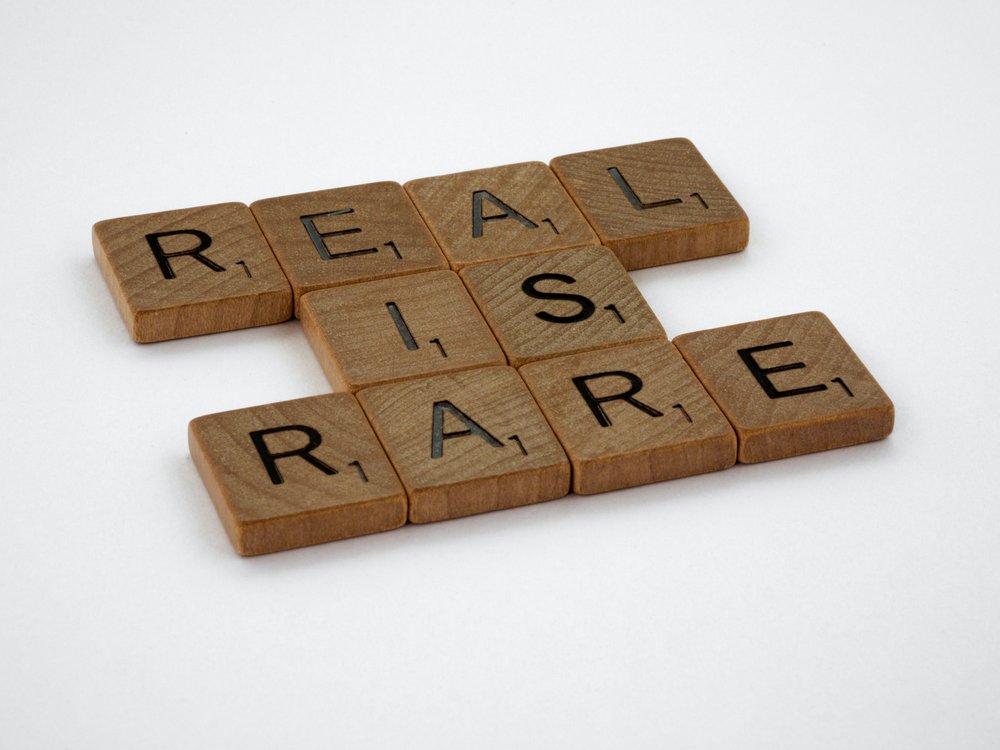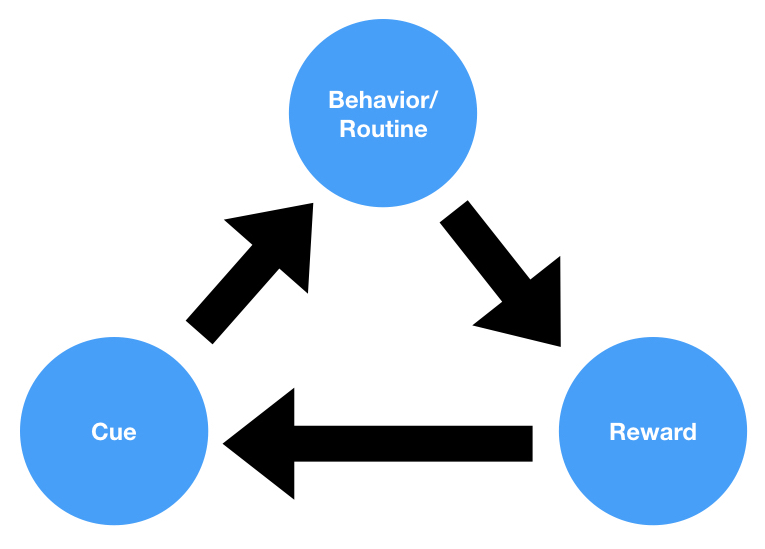What is Social Neuroscience?
Social neuroscience is an interdisciplinary field that explores the neural, hormonal, and genetic mechanisms underlying social behaviors and cognition. This field seeks to understand how social interactions, emotions, and relationships are processed and represented in the brain, and how these processes influence behavior and decision-making. Social neuroscience integrates methodologies and concepts from various disciplines, including psychology, neuroscience, and biology, to provide a comprehensive understanding of human social behavior.
Key Concepts and Findings
-
Mirror Neurons
Mirror neurons are a type of brain cell that fires both when an individual performs an action and when they observe someone else performing the same action. They are believed to play a crucial role in social cognition, empathy, and understanding others’ intentions and emotions.
-
Theory of Mind
Theory of Mind (ToM) is the ability to attribute mental states, such as beliefs, desires, and emotions, to oneself and others, and to understand that these mental states can differ from one’s own. Social neuroscience research has identified specific brain regions, such as the medial prefrontal cortex and temporoparietal junction, that are involved in ToM processing.
-
Emotion Regulation
Emotion regulation refers to the processes by which individuals monitor, evaluate, and modify their emotional reactions to achieve their goals. Social neuroscience has examined the neural mechanisms underlying emotion regulation strategies, such as cognitive reappraisal and expressive suppression, and their effects on social interactions and well-being.
-
Social Influence
Social influence refers to the ways in which individuals’ thoughts, feelings, and behaviors are affected by the real or imagined presence of others. Social neuroscience has investigated the neural basis of various forms of social influence, such as conformity, persuasion, and group decision-making, and how these processes are modulated by factors such as social status, trust, and interpersonal relationships.
-
Oxytocin and Social Bonding
Oxytocin is a neuropeptide hormone that has been implicated in various aspects of social cognition and behavior, including trust, empathy, and social bonding. Social neuroscience research has examined the effects of oxytocin on brain function and social behavior, shedding light on the complex neural mechanisms that underlie human social relationships.
Methods and Techniques
-
Functional Magnetic Resonance Imaging (fMRI)
fMRI is a non-invasive neuroimaging technique that measures brain activity by detecting changes in blood flow. This method allows researchers to investigate the neural correlates of social cognition and behavior, such as the brain regions involved in empathy, trust, and moral decision-making.
-
Electroencephalography (EEG)
EEG is a technique that measures electrical activity in the brain through electrodes placed on the scalp. It provides high temporal resolution, making it suitable for investigating the time course of social cognitive processes, such as emotion recognition and social attention.
-
Transcranial Magnetic Stimulation (TMS)
TMS is a non-invasive method that uses magnetic fields to temporarily stimulate or inhibit specific brain regions. This technique enables researchers to examine the causal role of specific brain areas in social cognition and behavior, such as the dorsolateral prefrontal cortex’s involvement in emotion regulation.
-
Psychophysiology
Psychophysiology involves the measurement of physiological responses, such as heart rate, skin conductance, and pupil dilation, to study the relationship between social cognitive processes and the autonomic nervous system. This approach helps researchers investigate the influence of emotional arousal, stress, and other physiological factors on social behavior.
-
Behavioral and Self-report Measures
Behavioral tasks and self-report questionnaires are often used in combination with neuroimaging and psychophysiological techniques to assess social cognition and behavior. These measures provide valuable information about participants’ subjective experiences, attitudes, and social interactions, which can be correlated with neural and physiological data.
Applications and Implications
-
Mental Health
Social neuroscience research has contributed to our understanding of the neural mechanisms underlying social deficits in various psychiatric disorders, such as autism spectrum disorder, schizophrenia, and social anxiety disorder. This knowledge can inform the development of targeted interventions and treatments to improve social functioning and well-being.
-
Education and Training
Insights from social neuroscience can be applied to enhance educational and training programs, such as promoting empathy, communication, and teamwork skills. For example, interventions based on the principles of social neuroscience have been developed to improve emotion regulation and social skills in children with autism spectrum disorder.
-
Workplace and Organizational Behavior
Understanding the neural basis of social cognition and behavior can inform the design of more effective leadership, teamwork, and conflict resolution strategies in organizational settings. For instance, research on the role of oxytocin in trust and cooperation can be applied to promote prosocial behavior and collaboration in the workplace.
-
Technology and Human-Computer Interaction
Social neuroscience findings can be leveraged to improve the design of technologies that facilitate social interactions, such as social networking platforms, virtual reality environments, and human-robot interaction. By incorporating insights from social neuroscience, these technologies can be designed to better support users’ social cognition and behavior.




